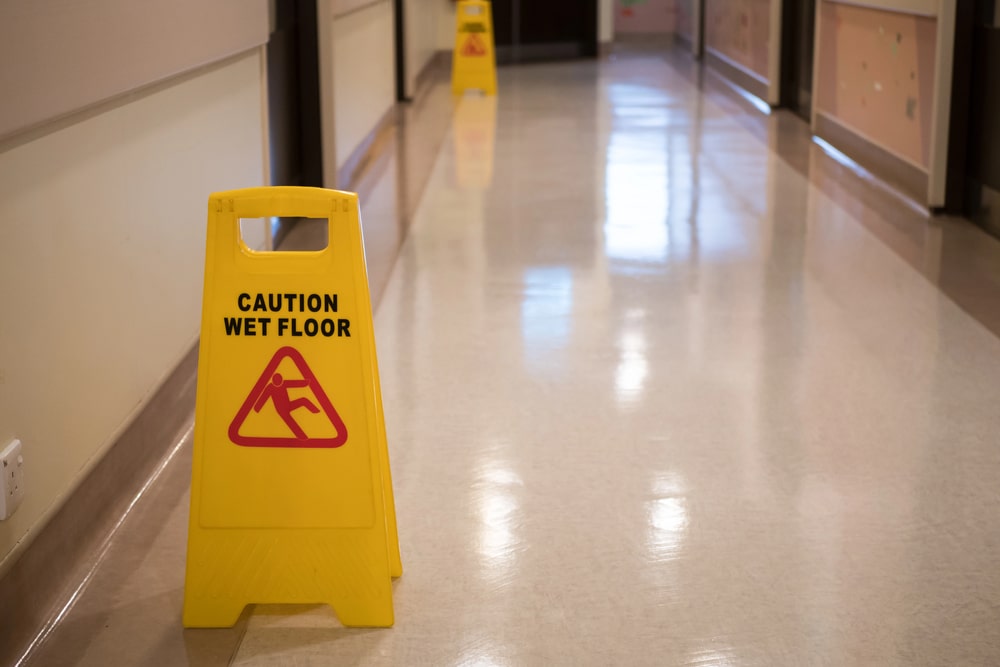Slip and fall accidents happen in an instant but can lead to injuries that affect you for months or years. These incidents occur in grocery stores, office buildings, restaurants, parking lots, and countless other locations where property conditions create hazards for visitors.
Our friends at Kelso Law discuss how property owners have legal responsibilities to maintain safe conditions for people lawfully on their premises. A slip and fall lawyer helps injured parties understand whether they have valid claims and how to pursue compensation for their injuries.
How Common Are These Accidents
The National Floor Safety Institute reports that falls account for over 8 million hospital emergency room visits annually, representing the leading cause of such visits. Slip and fall incidents make up a significant portion of these cases, with serious consequences ranging from broken bones to traumatic brain injuries.
Many people dismiss their injuries as minor at first, only to discover later that they've suffered significant damage requiring extensive medical treatment. What seems like a simple tumble can result in herniated discs, shoulder injuries, or hip fractures that require surgery and rehabilitation.
Proving Property Owner Negligence
Winning a premises liability case requires proving that the property owner or manager failed to maintain safe conditions. We must establish that a dangerous condition existed, the owner knew or should have known about it, and the owner failed to fix the problem or warn visitors.
This sounds straightforward, but property owners and their insurance companies fight these claims aggressively. They argue that hazards were obvious, that adequate warnings existed, or that you caused your own fall through carelessness.
Common Hazardous Conditions
We handle cases involving various dangerous property conditions that lead to slip and fall accidents:
- Wet or freshly waxed floors without warning signs
- Uneven pavement or broken sidewalks
- Poor lighting in stairwells or walkways
- Torn carpeting or unsecured floor mats
- Ice and snow accumulation
- Cluttered walkways and obstacles
- Defective stairs or missing handrails
- Spills that remain unaddressed
Each situation requires specific evidence to demonstrate that the property owner breached their duty of care.
The Importance Of Documentation
Strong cases depend on solid evidence collected soon after the accident. Photographs of the hazard, your injuries, and the surrounding area provide powerful proof. Witness statements from people who saw the fall or knew about the dangerous condition strengthen your position.
Incident reports filed with property management or store employees create official records of what happened. Medical records linking your injuries directly to the fall become indispensable when calculating damages. We advise clients to document everything, even details that seem minor at the time.
What Compensation Covers
Successful slip and fall claims can recover various types of damages. Medical expenses include emergency treatment, hospital stays, surgery, medication, physical therapy, and ongoing care needs. Lost wages compensate for time missed from work during recovery.
Future earning capacity matters when injuries prevent you from returning to your previous job or working at all. Pain and suffering damages account for physical discomfort, emotional distress, and reduced quality of life. Property damage covers items broken or damaged during the fall.
Time Limits For Filing Claims
Every state sets deadlines for filing personal injury lawsuits, typically ranging from one to six years from the accident date. These statutes of limitations vary based on location and specific circumstances. Missing the deadline almost always means losing your right to compensation permanently.
Some situations have even shorter timeframes. Claims against government entities often require filing a notice of claim within months of the incident. We recommend consulting with an attorney promptly after any significant fall to protect your rights.
What Property Owners Will Argue
Insurance companies representing property owners use predictable defenses in slip and fall cases. They claim you were distracted or not watching where you walked. They argue that the hazard was open and obvious, so you should have seen and avoided it.
Some defendants assert that they had no notice of the dangerous condition or that they inspected regularly and found nothing wrong. Others blame your footwear, suggesting you wore inappropriate shoes for the conditions. We anticipate these arguments and build cases that counter them effectively.
Comparative Fault Issues
Many states apply comparative negligence rules that reduce your compensation if you share some blame for the accident. If you were texting while walking or ignored warning signs, the property owner will argue you contributed to your own injuries.
Even when you bear partial responsibility, you may still recover damages. The key is demonstrating that the property owner's negligence played a significant role in causing your fall and injuries.
Moving Forward After A Fall
The period following a slip and fall accident can be confusing and stressful. Medical bills accumulate while you're unable to work. Insurance adjusters contact you seeking statements that may hurt your claim. Property owners deny responsibility or claim their insurance won't cover your injuries.
If you've been injured in a slip and fall accident on someone else's property, we encourage you to speak with an attorney about your situation. Understanding whether you have a valid claim and what compensation you may be entitled to receive helps you make informed decisions about your recovery and your future.

